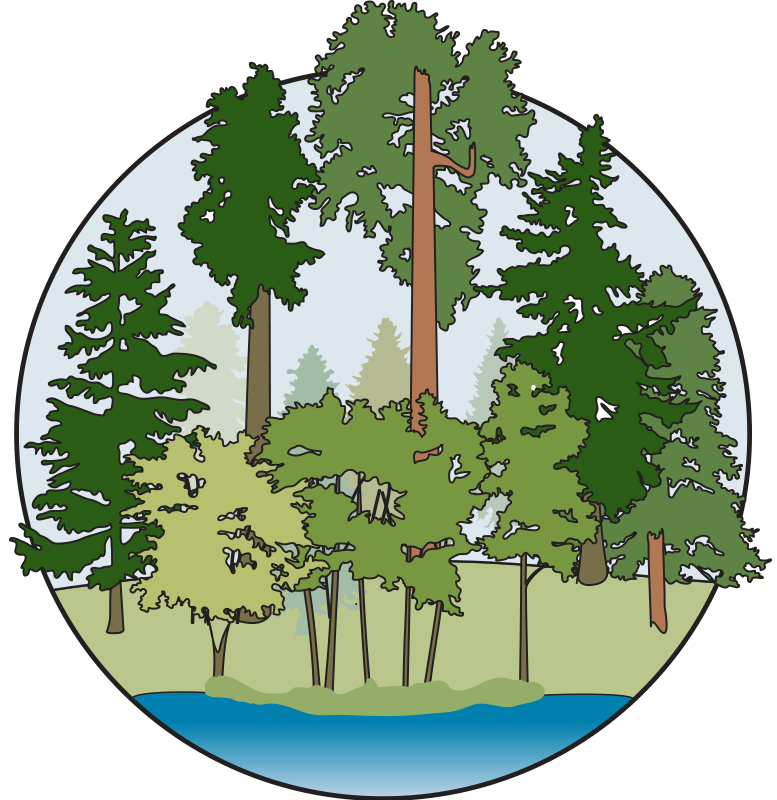
Enhance Riparian Function
Functioning riparian (streamside) habitats maintain channel connectivity to floodplains, wetlands, and side channels; shade surface waters; generate large wood and litter; retain sediments; support macro-invertebrate communities, and provide other important aspects of a healthy coho ecosystem. Riparian areas along mainstems and tributaries have been severely degraded in many of Oregon’s coastal watersheds, especially in low elevation areas, where they have been cleared to accommodate agriculture and residential development. Forest management has also reduced riparian function in higher elevation areas. These impacts have impaired water quality, elevating stream temperatures, increasing sediment and nutrient loads, and – especially in low lying areas – reducing dissolved oxygen. Elevated water temperature is often identified as a key stressor on Coast Coho populations.
Riparian enhancement includes the removal of non-native vegetation (e.g. gorse, Himalayan blackberry, Scotch broom, etc.), planting native vegetation, and where necessary, installing fencing and other infrastructure to exclude livestock. Riparian enhancement has both immediate and long-term benefits on aquatic habitats and biota. In the short-term, the removal of non-native species allows for the recolonization of native species (usually by planting), which provides small woody debris and litter, jump starting macro-invertebrate communities. In the longer term, the re-establishment of mature trees along the riparian zone increases shade, reduces erosion, and promotes the recruitment of large wood into the stream channel.
